
Inspiring Germany
Lost Places in Germany: Nine Spooky Locations
Decaying plague churches, gloomy sanatoriums: never mind the movies. We can tell you which abandoned German places will send shivers down your spine. Tip: pack a camera.
Weilheim Chapel
At some point it would have been pretty, so romantically situated in the deep forest. But since then, the Weilheim chapel has gained a notorious reputation: it is said to be haunted, and no one thinks it's nice any more. It is said that there are witches at work in the chapel, which is cursed within a 5 kilometre radius. Candles were burning there at night. And those who go looking for them often get lost in the forest. Is it all superstition? Perhaps. But one thing is certain: when the plague raged through Germany from 1632 to 1634, the farmers of Eichendorf offered a mass to St. Sebastian. From that time on, no one in the area where the church bells could be heard fell ill with the plague. This is why it is also called the Plague Chapel. Sounds safe, doesn't it?
Peacock Island, Berlin
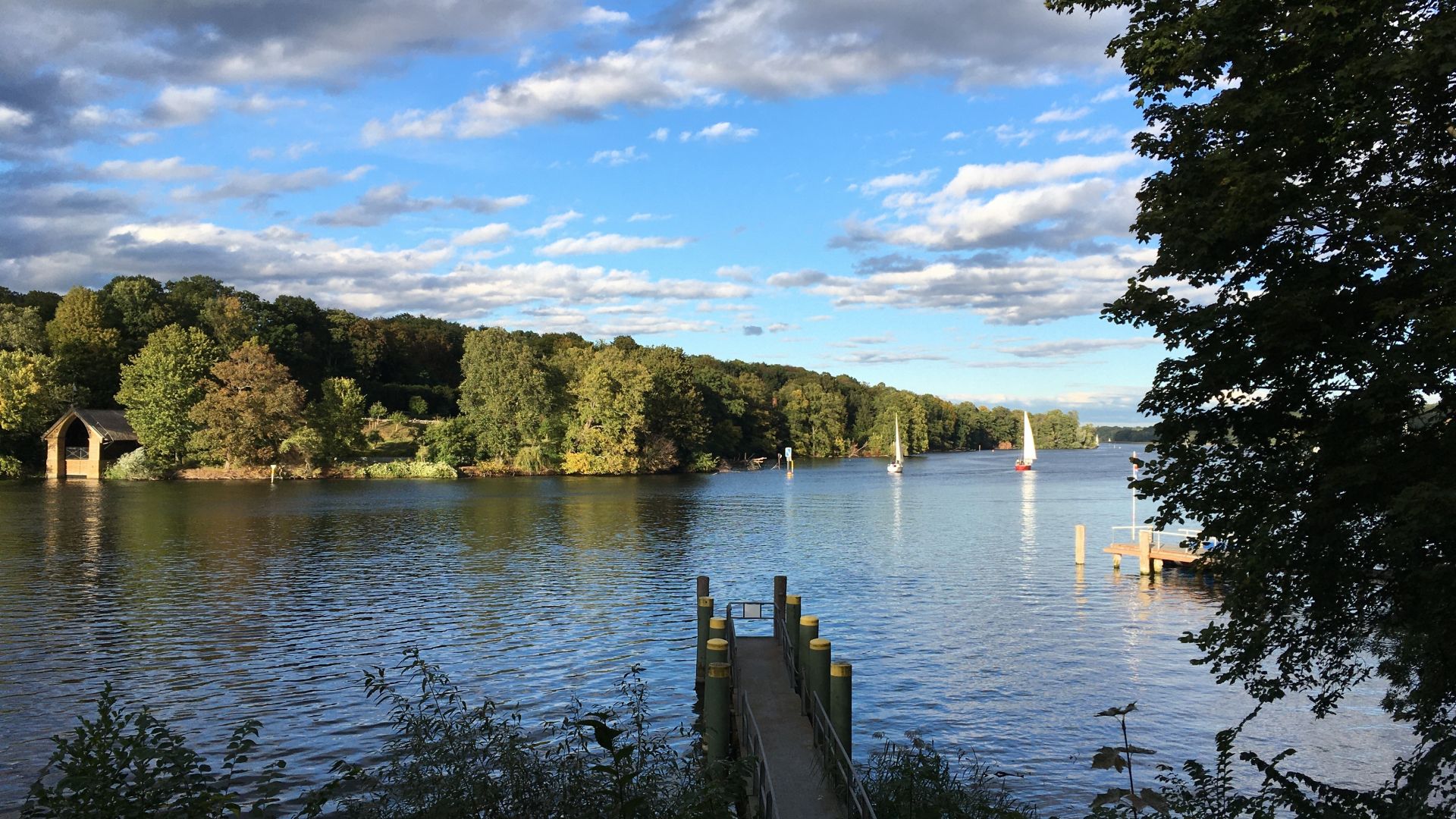 Berlin: Wooden footbridge at the Pfaueninsel into the Havel river
©Adobe Stock (T. Kondo)
Berlin: Wooden footbridge at the Pfaueninsel into the Havel river
©Adobe Stock (T. Kondo)
For the romantically inclined, Peacock Island is in a wonderfully idyllic setting, and the ferry to the island is Berlin's oldest ferry service. It is also an excellent place to go for a walk. Doesn't sound scary at all! Neither is the island at first glance. But those who know that strange experiments were once carried out on the island will be more alert when wandering through there. The alchemist Johannes Kunckel experimented with all kinds of chemical substances there in the 17th century on behalf of the local archduke. Owing to his top-secret glassworks experiments, it was strictly forbidden for ordinary mortals to enter Peacock Island. For the Berliners of the time, however, it was clear that a sorcerer was at work. Was he?
Ghost Town on the Baltic Sea
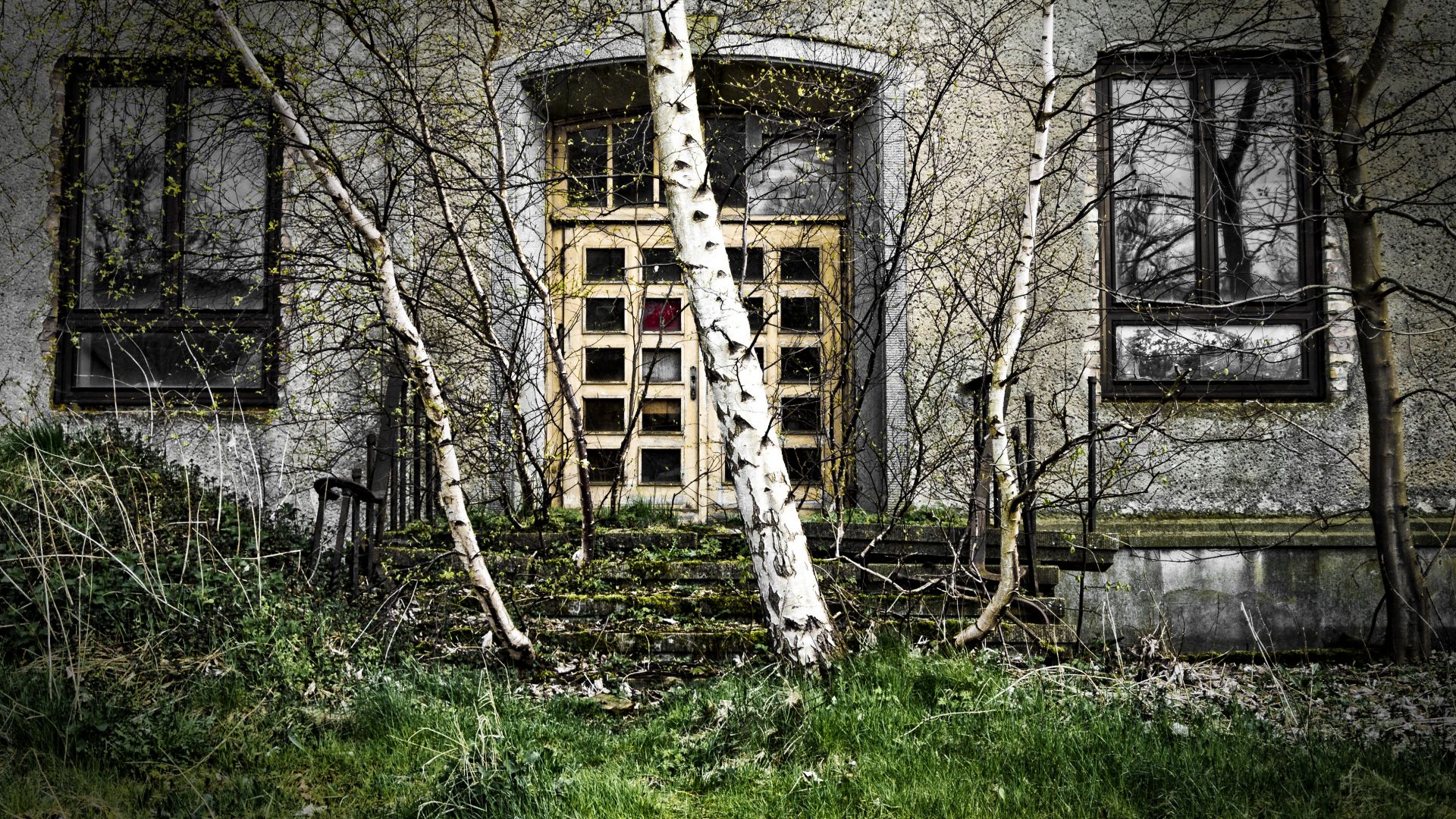 Wustrow: Old, abandoned seafaring school in the Baltic seaside resort of Wustrow
©Adobe Stock (reichdernatur)
Wustrow: Old, abandoned seafaring school in the Baltic seaside resort of Wustrow
©Adobe Stock (reichdernatur)
Not only in films, there are ghost towns in the middle of Germany. One of them is the Wustrow peninsula on the Baltic Sea, where even today the only access road ends at a "no trespassing" fence. Dilapidated houses from the military era, the housing estates are in ruins and relics from the war period can still be found there today, such as an airport tower that was never used. Little by little, nature is reclaiming its terrain. Today, you can visit the island by horse-drawn carriage. Guided tours on foot are considered too risky, as there could be undiscovered cavities.
Hansa coking plant, Dortmund
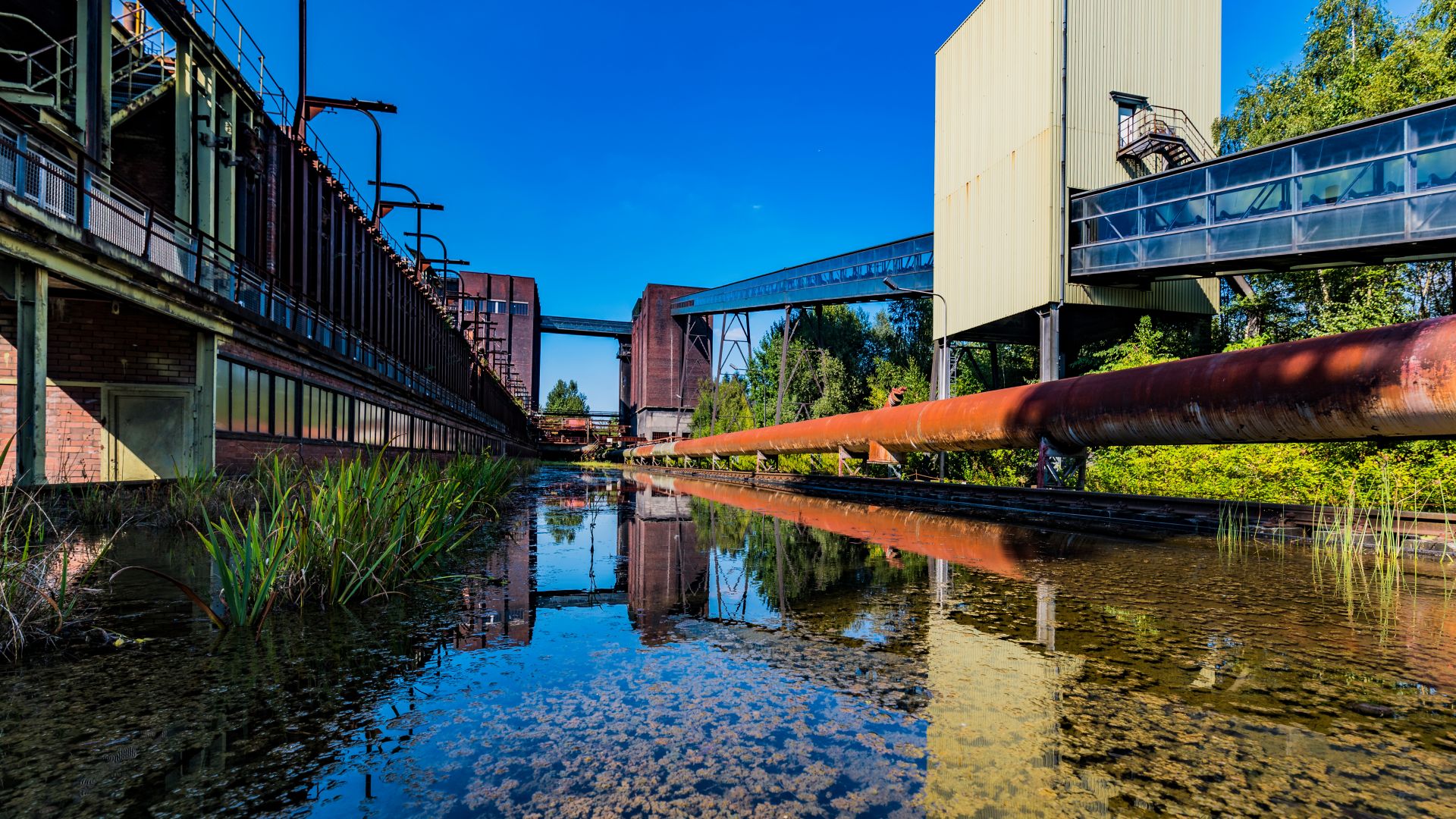 Dortmund: mirror lake in the industrial monument coking plant Hansa
©Adobe Stock (Marc Jedamus)
Dortmund: mirror lake in the industrial monument coking plant Hansa
©Adobe Stock (Marc Jedamus)
When history repeats itself - in the 1920s the Hansa coking plant was built as a rationalisation measure and replaced many smaller coking plants in Dortmund that had outdated technology. The same fate befell the Hansa itself in 1992 when it was replaced by the new Kaiserstuhl coking plant. At its peak, the coking plant produced 5,200 tonnes per day. What remains is an impressive industrial giant and the disused site has lost none of its charm to this day. Since 1998, the most important production areas of the coking plant have been listed. Today, former employees guide visitors through the disused coking plant. In addition, visitor paths have been built for individual interested visitors.
Ghost Train Station in Munich
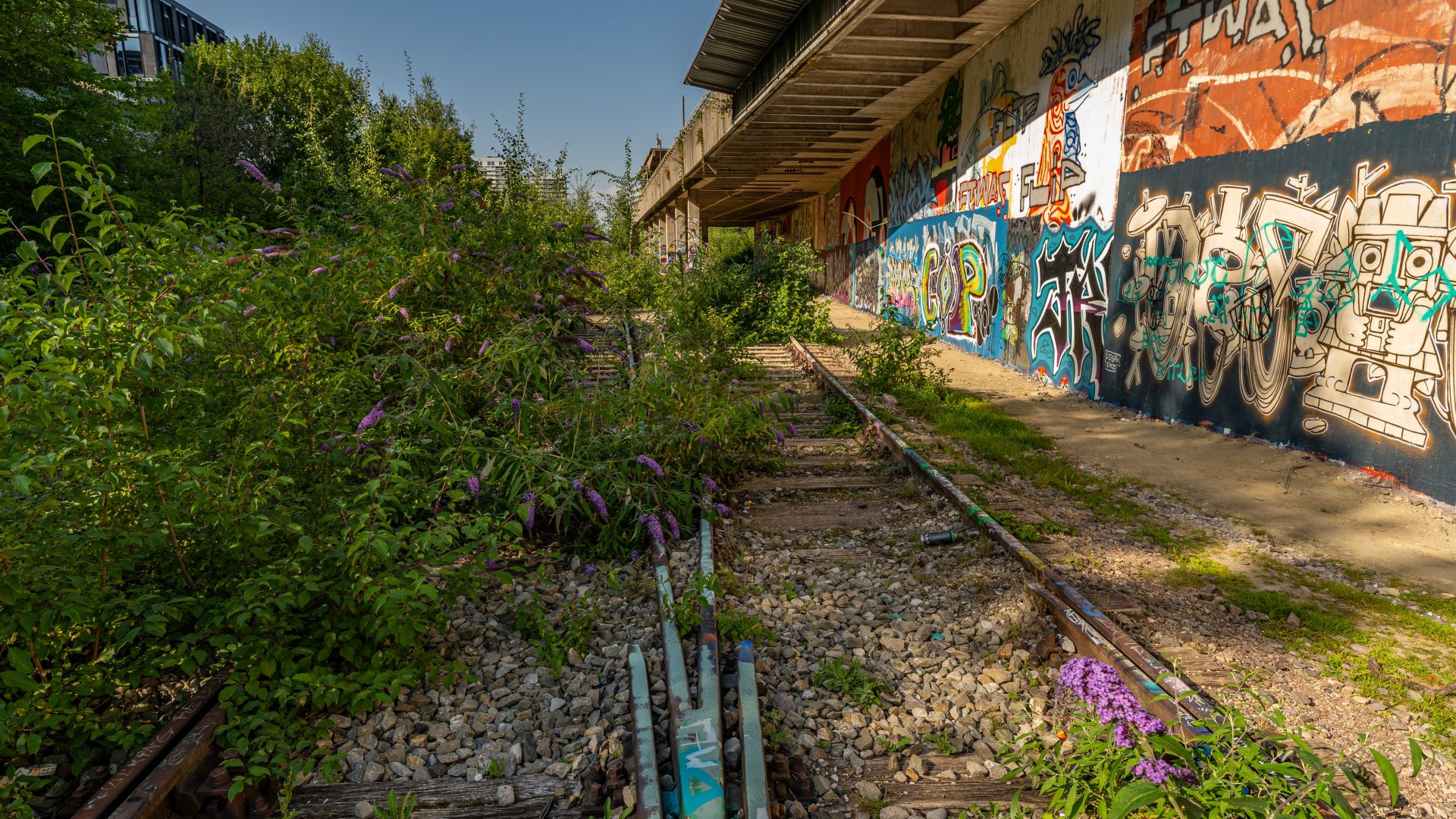 Munich: Ghost Train Station
©Adobe Stock (Andi Keller)
Munich: Ghost Train Station
©Adobe Stock (Andi Keller)
It was supposed to be a place of joy, joy for the Olympic Games in the 70s: The Munich Olympic Stadium station. Until then, the stadium had only been accessible by underground and thus got a faster connection. The station was first used for the opening match between the German DFB team and the then Soviet Union team. After the 1988 European Football Championship, the building was decommissioned and left to its own devices. Today it is listed as part of the Olympic Park ensemble. The ruins can only be visited from the outside.
"The Shining" in Germany
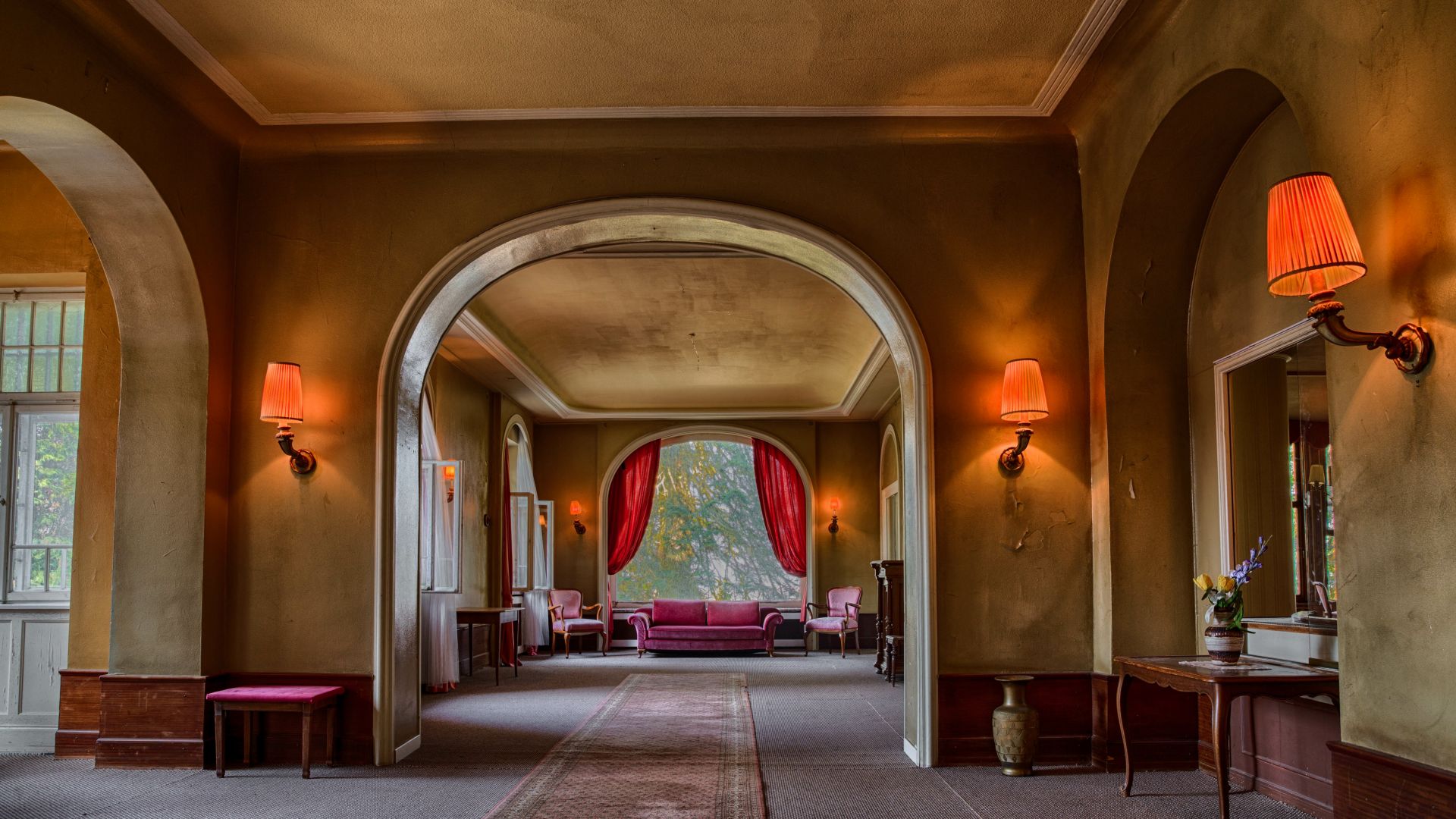 Freudenstadt: Ghost Hotel Waldlust Monument
©Adobe Stock (UrbanExplorer)
Freudenstadt: Ghost Hotel Waldlust Monument
©Adobe Stock (UrbanExplorer)
The American best-selling horror author Stephen King had never been to Germany prior to publishing "The Shining". And so the Waldlust Castle Hotel in the Black Forest could not have served as a model. The hotel, with its large dance hall and punky interior, is located in a deserted area but with a dreamlike view over the Swabian Alb. It was once a noble hotel and meeting place for high society: princes, sultans and kings are said to have come and gone here. During the Second World War it was used as a military hospital and then continued as a hotel until it finally closed in 2005. Since then, it has been used as a film location for thrillers and a horror film. Today it can be visited as part of photo tours.
St Michael's Chapel - Oppenheim
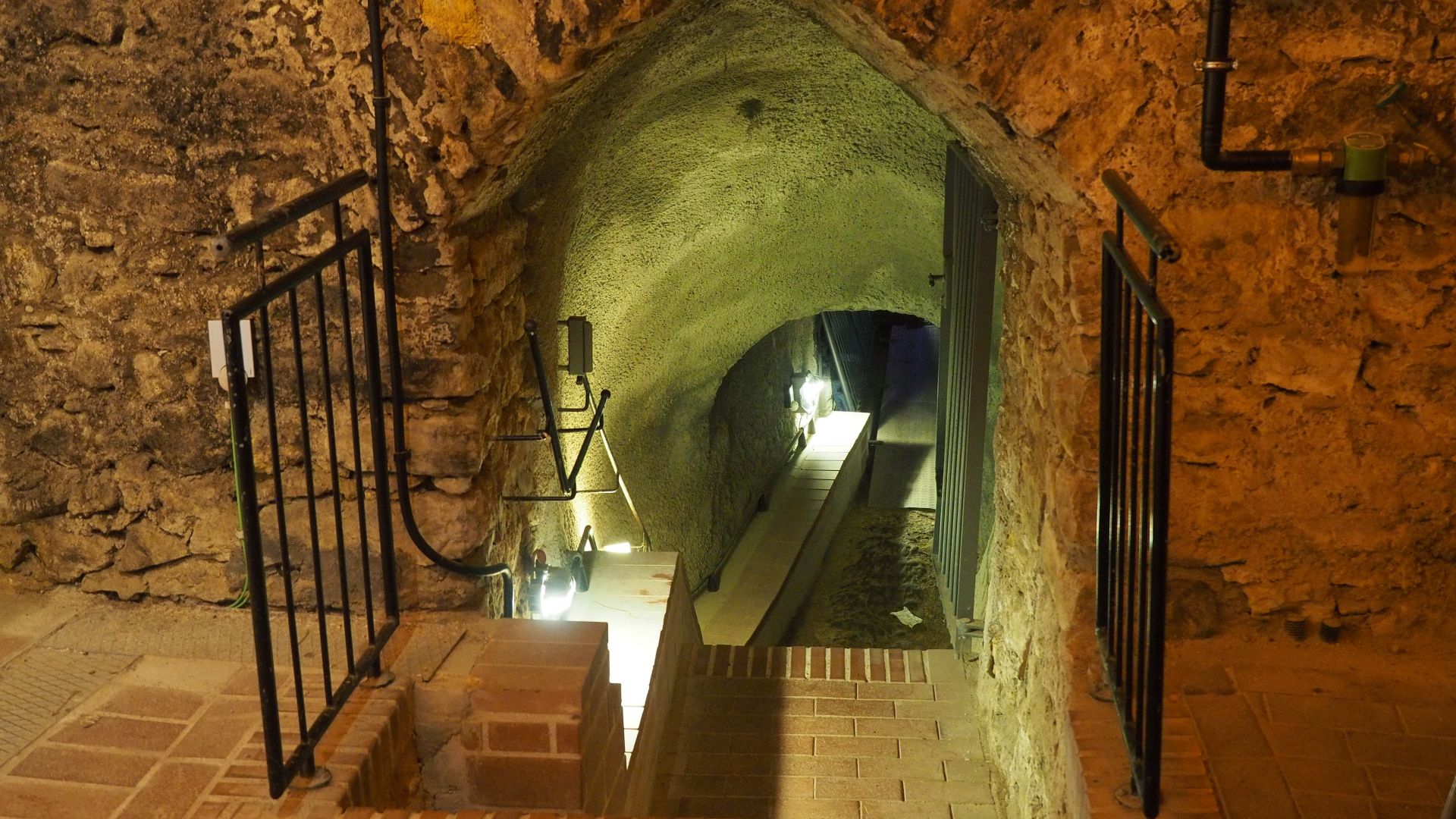 Oppenheim: vaults in the cellar labyrinth
©Adobe Stock (beschreiber)
Oppenheim: vaults in the cellar labyrinth
©Adobe Stock (beschreiber)
The Chapel of St. Michael is a former cemetery chapel. Standing in front of it, visitors might think it looks sweet, with its pointed roof. But if you look inside through the iron bars, the hairs on the back of your neck will stand up, for the chapel is one of the largest ossuaries in Germany. The skulls and bones of over 3,000 dead are clearly visible here. In the Middle Ages, remains of as many as 20,000 people are said to have been kept there. Equally spooky: a real skull, entirely covered in gold, lies in the middle of the macabre heap. It's from a television shoot and was left behind at this site after the end of filming. Wonder who it might have been?
Heilstätten-Klink near Potsdam
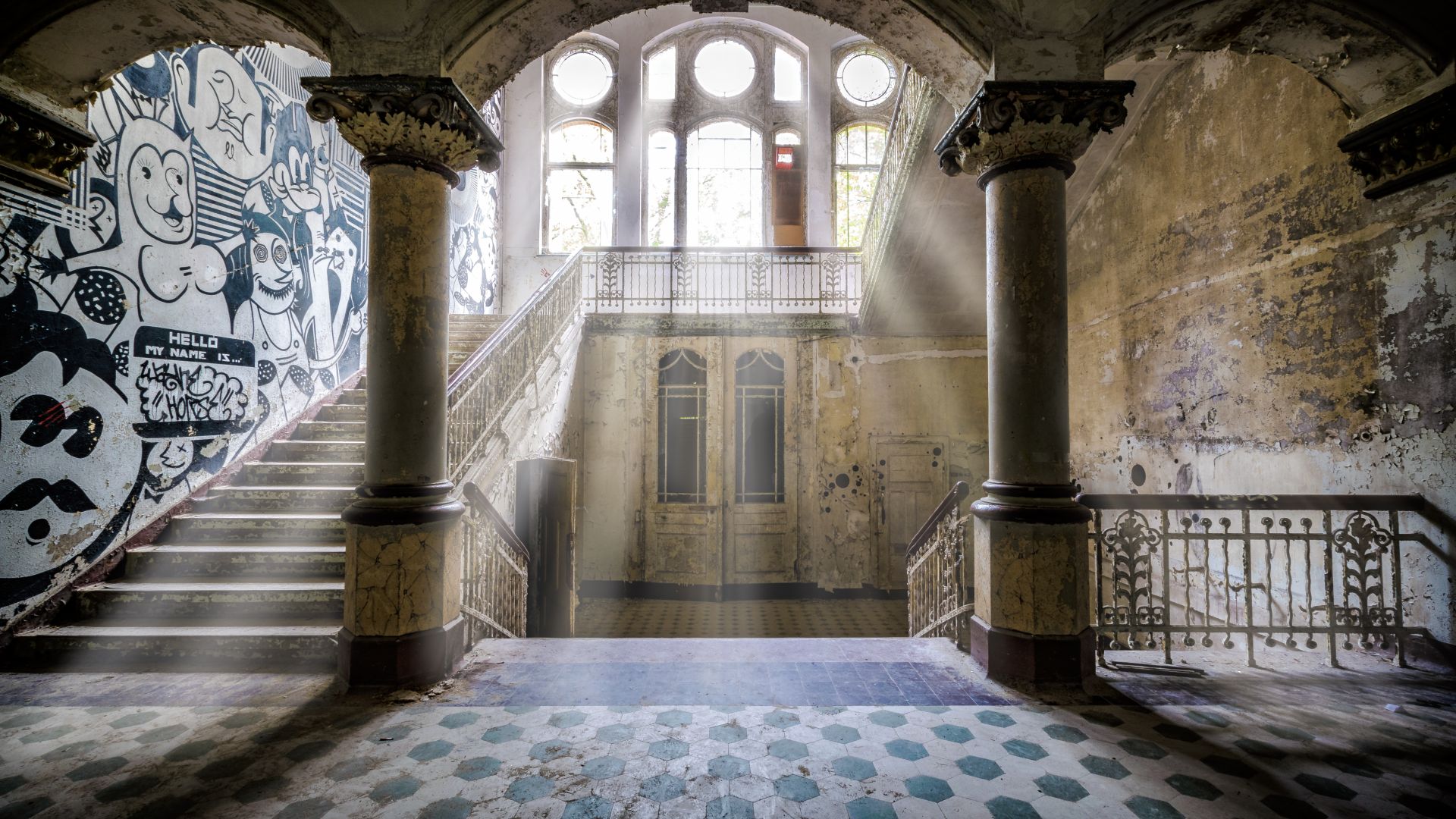 Beelitz: Beelitz sanatorium - Whitney Houston house
©Adobe Stock (Gregor Schreiber)
Beelitz: Beelitz sanatorium - Whitney Houston house
©Adobe Stock (Gregor Schreiber)
The Heilstätten-Klinikin Beelitz, near Potsdam, was built until 1930 and is one of the largest hospital complexes in the region. Initially a lung hospital, it served as a military hospital during both world wars and was occupied by the Red Army from 1945 until its withdrawal in 1994. Afterwards, the area fell into disrepair and today offers an enchanted landscape. Like a synthesis of the arts, nature and architecture have combined to create a magical, morbid place.
Freisebad in Görlitz
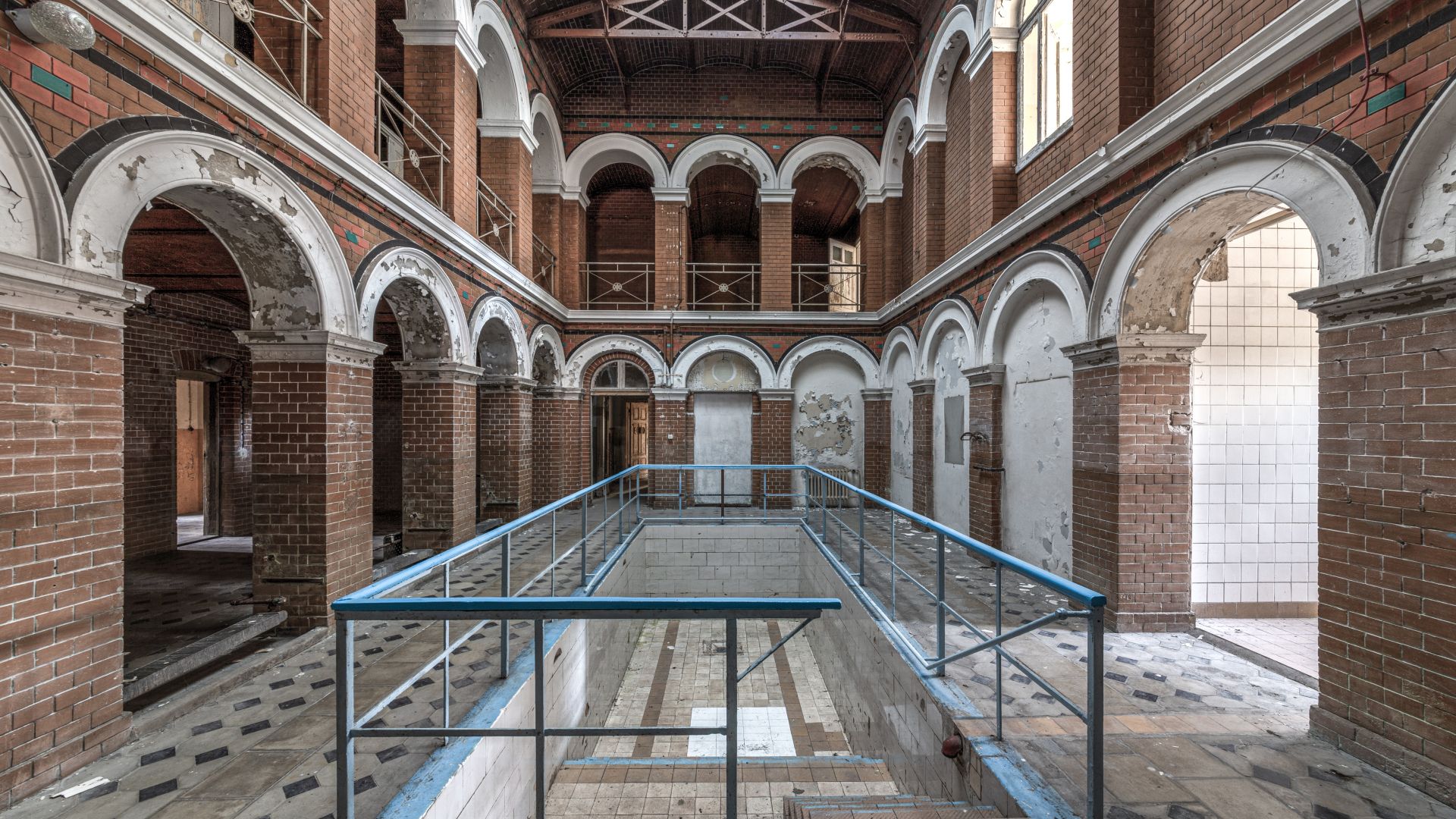 Görlitz: Former bathing establishment Freisebad
©Petra Born
Görlitz: Former bathing establishment Freisebad
©Petra Born
The Freisebad is located in the centre of Görlitz. Founded in 1887 as a bathing establishment, it was used at the time for the daily personal hygiene of the residents, as most houses did not have their own bathroom. There was even a swimming pool, which was quite unusual for the time. There were also tub and steam baths, brine and even spruce needle and mud baths. From 1920 onwards, the open-air baths were run by the city, which finally closed them in 1996. The large clock in the swimming area stopped at exactly 5 minutes to 12. The building gained renewed fame when it served as a backdrop in the 2014 film "Grand Budapest Hotel". Today, the Görlitz 21 association offers tours of the building.